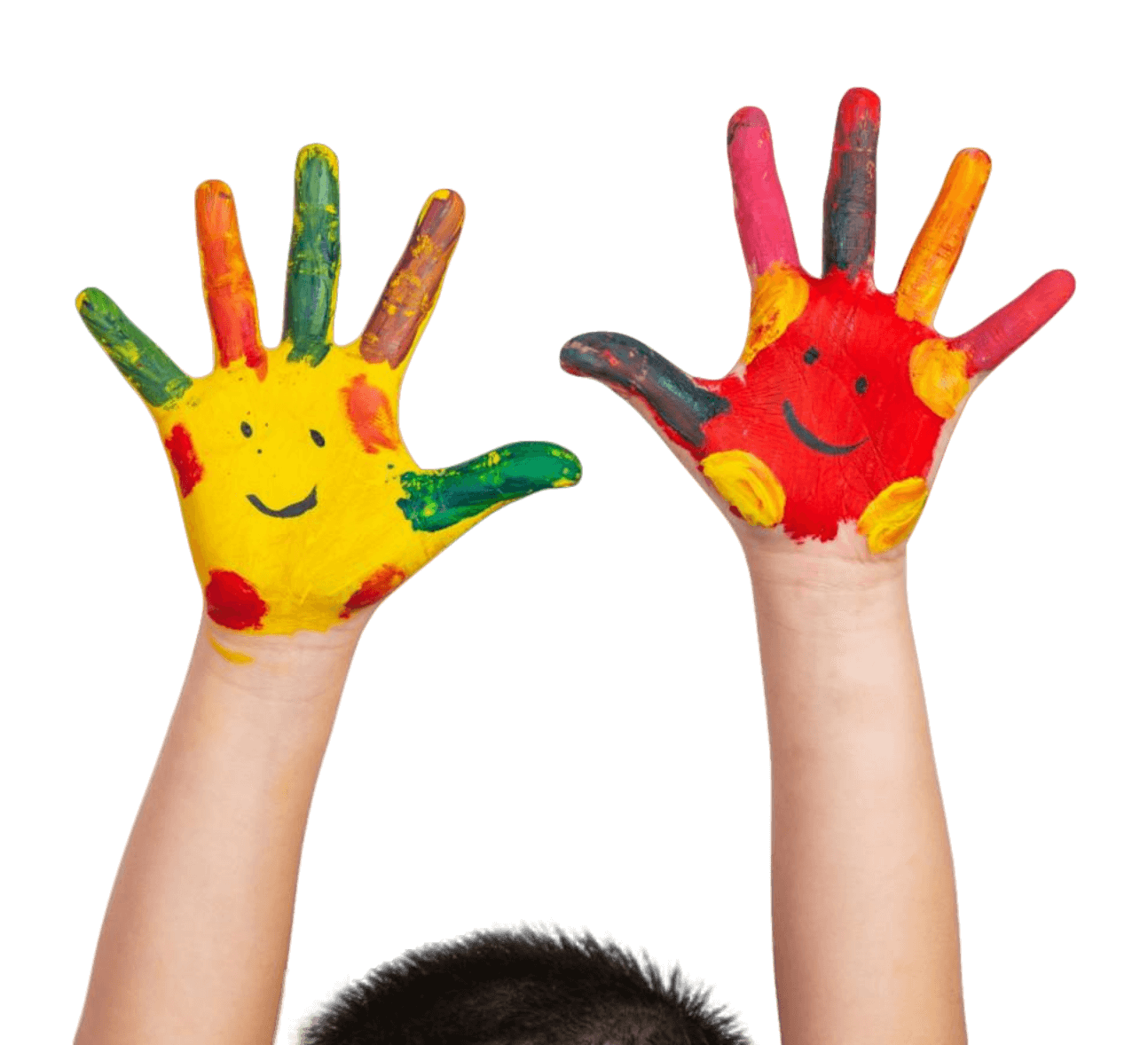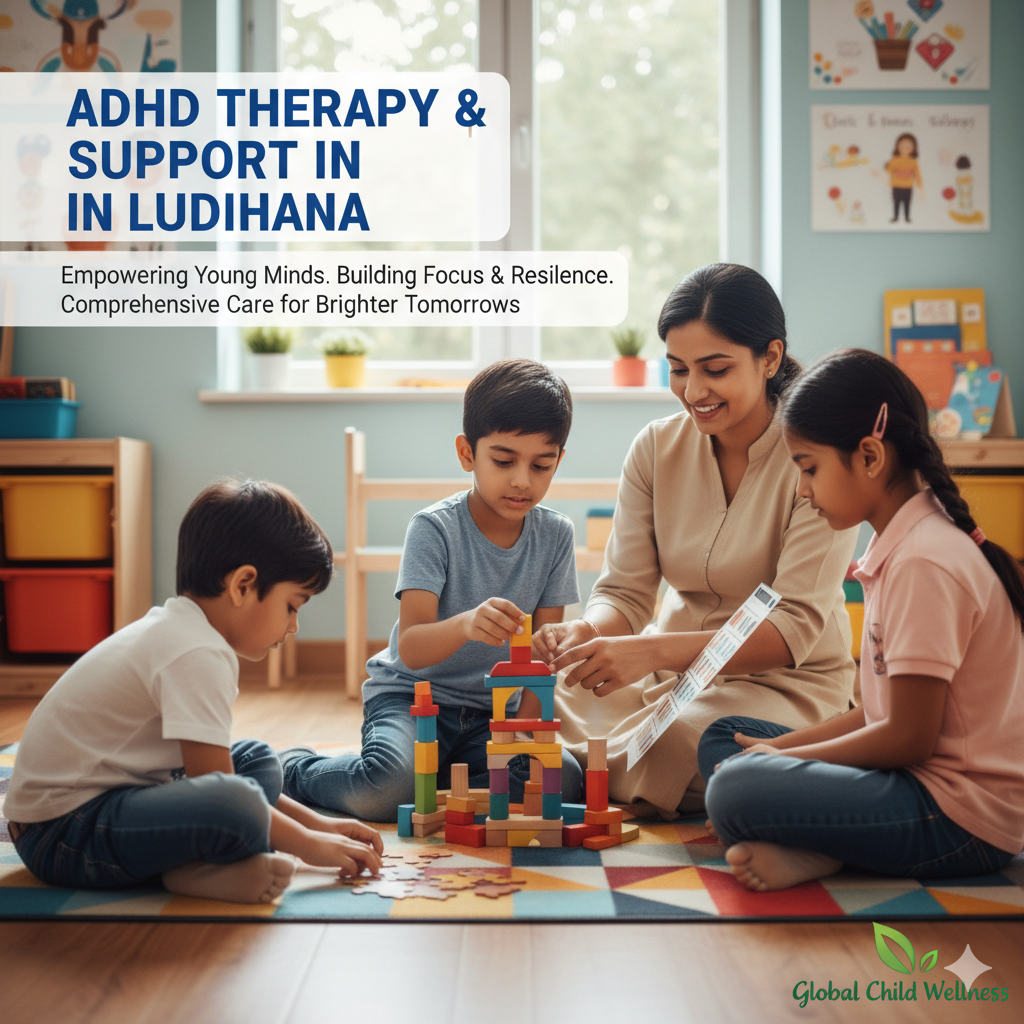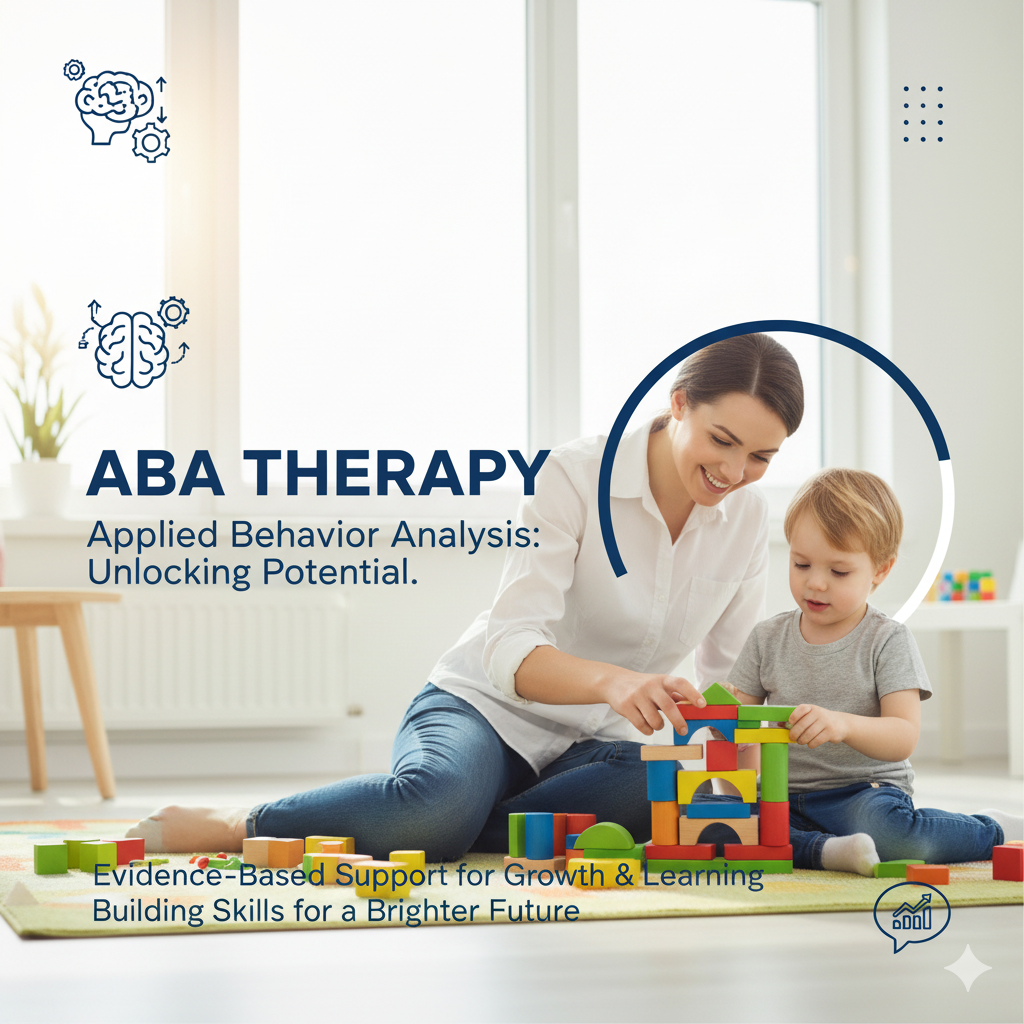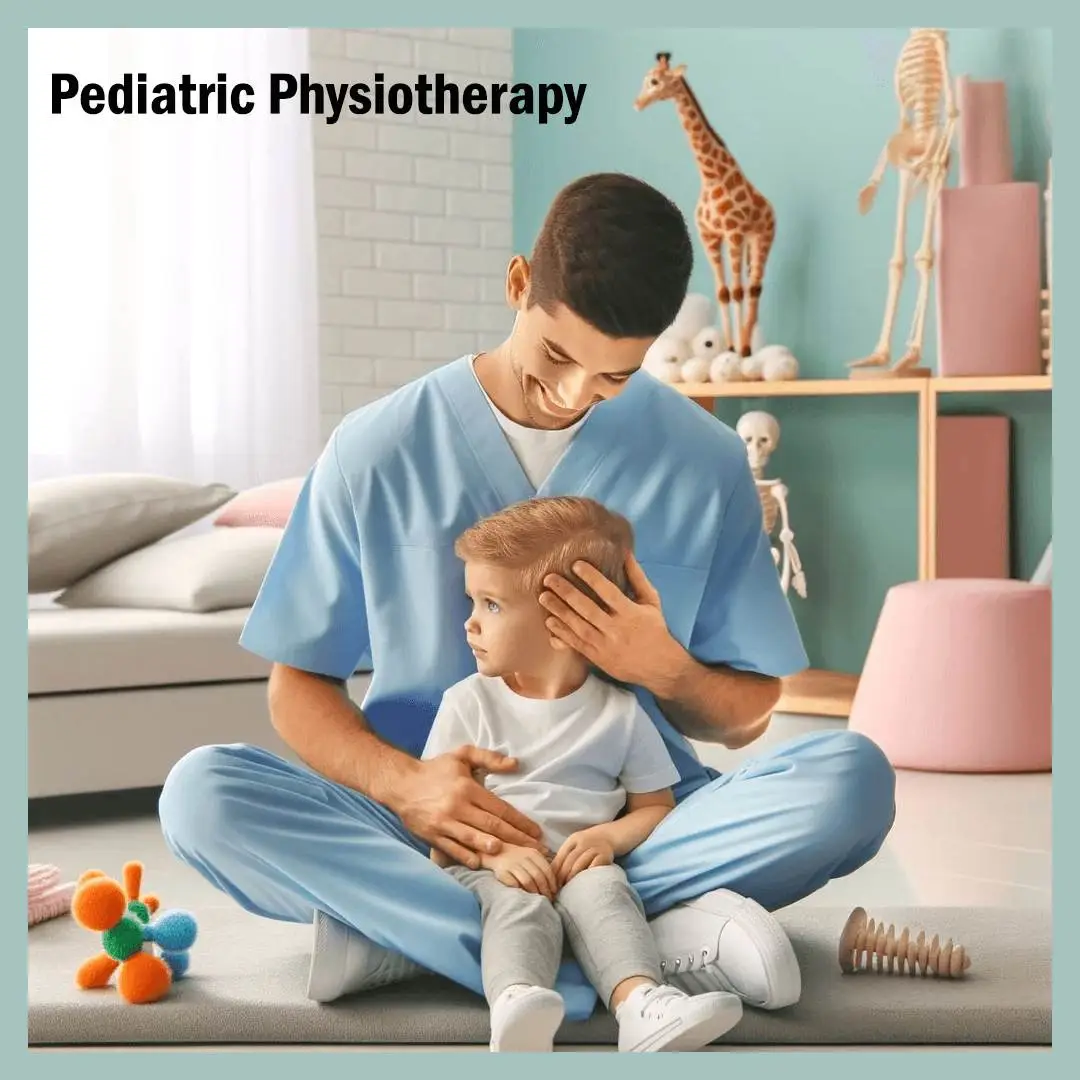Obsessive compulsive disorder is a common neuropsychiatric disorder characterized by the presence of obsessions and compulsions that are time consuming and cause distress or interference in the patient’s life OCD is characterized by the presence of obsessions or compulsions that are time consuming (at least one hour per day), cause subjective distress or interfere with the patient’s or the family’s life. Obsessions are intrusive, unwanted ideas, images, fears, thoughts or worries that are experienced as uncomfortable, unpleasant, distressing or anxiety provoking. Compulsions are repetitive behaviours or mental acts performed to ignore, reduce or eliminate the anxiety or distress caused by the obsessive thoughts. Compulsions are usually executed according to certain rules the patient feels driven to follow. Obsessive compulsive symptoms vary considerably not only from patient to patient but also in the same patient over time. Even though there are many similarities in the clinical presentation across the lifespan, children and adolescents with OCD also show specific features. For instance, the younger the patient the higher is the probability of having compulsions without obsessions. Children are also less likely to recognize their symptoms as ego dystonic, making them less willing to resist the urge to perform a compulsive behaviour. prevalence of OCD was 1.1% in boys and 0.5% in girls among adolescents in the 12- to 18-year-old age group. . In childhood onset OCD, the most common obsessions are aggression and contamination while the most common compulsions are related to washing/cleaning, and checking. Approximately one out of 100 children develop obsessive compulsive disorder. When a child has OCD, a difference in the way his or her brain processes information results in uncontrollable worries and doubts called “obsessions.” The child then performs “compulsions” — repetitive rituals or habits — in an effort to decrease the anxiety caused by the obsessions. But the decrease is only temporary, because performing the compulsions reinforces and strengthens the obsessions, creating a worsening cycle of OCD behaviour. OCD is diagnosed when obsessions and compulsions are time consuming, cause significant distress, and interfere with daily Functioning in school, social activities, family relationships, or normal routines. Obsessive Compulsive Disorder is more common than juvenile diabetes, but it can be difficult to diagnose. Kids tend to hide their symptoms out of confusion and embarrassment. Many parents and teachers do not recognize signs of the disorder. The availability of appropriate treatment has dramatically improved the outlook for children with OCD. Children can gain control of their symptoms and learn strategies to manage recurrences.
Symptoms may include
Children with OCD suffer from obsessions and compulsions that distress them significantly enough to interfere with daily functioning and relationships. Obsessions are persistent fears or doubts and upsetting thoughts or images that a child cannot ignore or dismiss. Compulsions are repetitive actions or rituals intended to relieve the anxiety caused by the obsessions. The relief is temporary, however, because performing compulsions ultimately reinforces the obsessions. Some compulsions are physical, such as washing, checking, tapping, or walking in a certain pattern. Others are mental, such as silent counting or compulsive praying. Sometimes obsessions and compulsions appear related. For example, a child with an obsessive fear of intruders may check door locks repeatedly. A child with an obsessive fear of disease may wash excessively. Other obsessions and compulsions are linked only in the child’s mind. A child with OCD may fear that harm will come to her family unless she taps in a particular pattern or avoids using certain numbers.
Proper treatment teaches the child to identify OCD when it changes form and provides skills for coping with new symptoms. From time to time, booster or refresher treatment sessions can reinforce the child’s coping skills and teach him or her to manage any new OCD symptoms.
Diagnosis
No laboratory test can identify OCD, but a mental health professional who is knowledgeable about the disorder can conduct a specific type of interview to determine whether a person has OCD. Most professionals use the Yale-Brown Obsessive Compulsive Scale (Y-BOCS) to diagnose OCD—there are two versions, one for adults and one for children.







